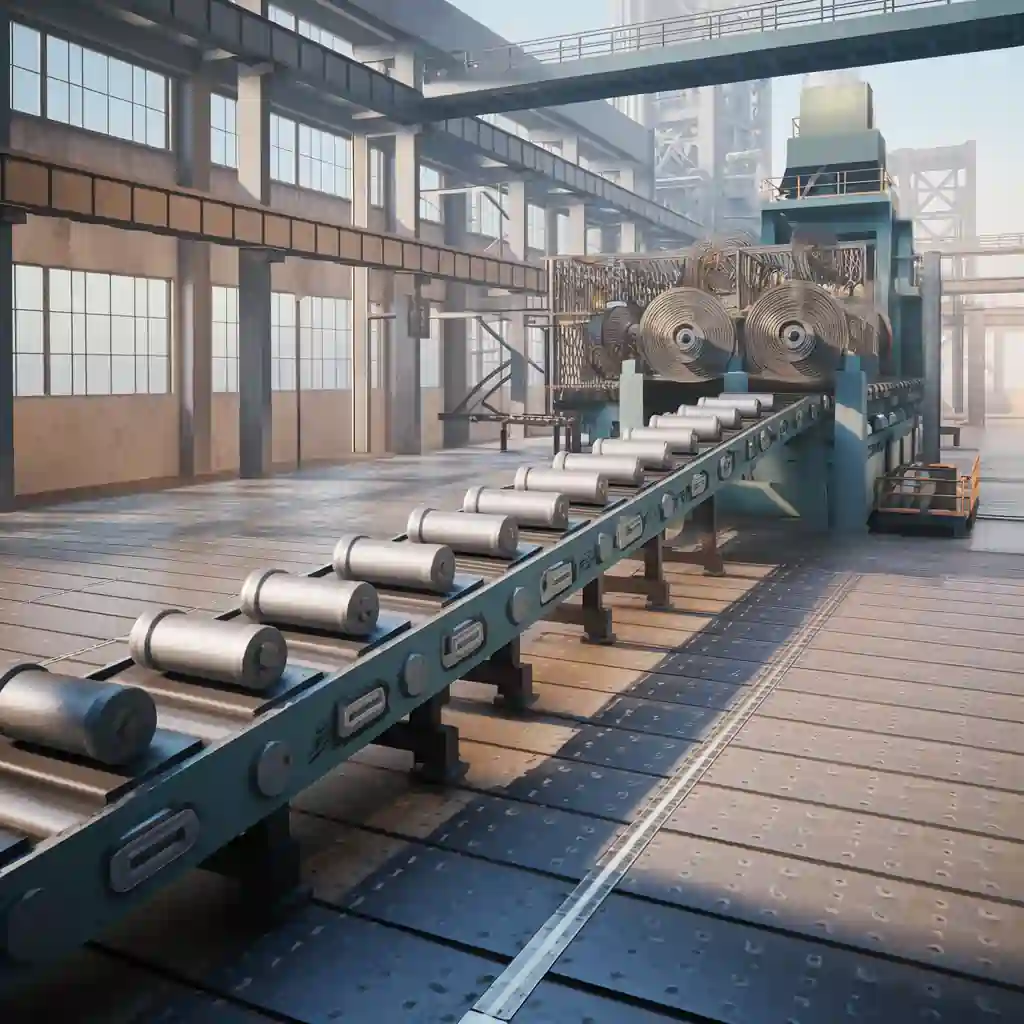The U.S. industrial sector faced a significant downturn in August, marking the lowest production levels in seven months. This decline is attributed to multiple factors, including ongoing challenges in the manufacturing sector, reduced consumer demand, and broader economic uncertainties.

Manufacturing Sector Struggles
The manufacturing sector has been a focal point of concern, with the Manufacturing Purchasing Managers' Index (PMI) indicating contraction for the fifth consecutive month. In August, the PMI registered at 47.2%, slightly up from July's 46.8% but still below the 50% threshold that signifies expansion. This persistent contraction highlights ongoing struggles within the sector, which has now contracted 21 times in the past 22 months.

Several key industries within manufacturing, including textiles, printing, and chemical products, reported declines. Only a few sectors, such as food, beverage, and tobacco products, managed to show growth. The overall sentiment in the manufacturing industry remains cautious, with many firms hesitant to invest in capital and inventory due to uncertainties surrounding federal monetary policies and the upcoming elections.
Economic Indicators and Consumer Demand
The broader economic landscape also reflects a slowdown. Despite a robust GDP growth of 2.8% in the second quarter of 2024, forecasts suggest a deceleration in the latter half of the year. Economic analysts predict a growth rate of just 0.6% annualized in the third quarter, as high prices and elevated interest rates continue to dampen domestic demand.
Consumer spending, a critical driver of economic growth, has shown mixed results. While there was a rebound in spending on durable goods in the second quarter, the overall growth in goods spending remains minimal. This trend is expected to persist as consumers and businesses continue to cut back on spending and investments.
Global Context and Future Prospects

The challenges facing the US manufacturing sector are not unique, as similar trends are being observed globally. Many countries are grappling with the same supply chain issues and cost pressures, leading to a synchronized slowdown in production. This global context adds another layer of complexity to the situation, as international demand and trade dynamics also influence domestic production levels.
Looking ahead, the prospects for a recovery in US production will depend on several factors. The resolution of supply chain disruptions and stabilization of input costs will be crucial for restoring confidence and encouraging investment. Additionally, any shifts in consumer demand, both domestically and internationally, will play a significant role in shaping the trajectory of the manufacturing sector.
Impact on Employment and Supply Chains
The contraction in manufacturing activity has also had a notable impact on employment within the sector. The data indicates a slowdown in hiring, with some companies opting to reduce their workforce in response to the decreased demand. This trend is concerning, as the manufacturing sector is a significant contributor to the US labor market.
Supply chain disruptions continue to pose a major challenge for manufacturers. The shortage of critical components and materials has hindered production capabilities, forcing companies to adjust their operations and seek alternative suppliers. These disruptions have been compounded by logistical issues, including shipping delays and increased transportation costs, further straining the industry.
FAQs Related To US Production Falls
When did US production fall for the first time in seven months?
US production fell in August 2024 for the first time in seven months, according to the S&P Global US Manufacturing PMI report.
What was the S&P Global US Manufacturing PMI reading for August 2024?
The S&P Global US Manufacturing PMI stood at 47.9 in August 2024, down from 49.6 in July, indicating a contraction in the manufacturing sector.
What factors contributed to the decline in US manufacturing in August 2024?
Slower-than-expected sales, demand weakness, and rising inventories of unsold stock contributed to the decline in US manufacturing in August 2024.
How did input costs and output prices change in August 2024?
The pace of input cost inflation quickened to a 16-month high in August 2024, while output prices also rose at a faster pace.
How long has the US manufacturing sector been contracting?
As of August 2024, the US manufacturing sector contracted for the fifth consecutive month and the 21st time in the last 22 months.
Outlook Remains Uncertain
U.S. manufacturing output to a seven-month low underscores significant challenges facing the sector. The drop in the Manufacturing Purchasing Managers' Index (PMI) below the critical threshold of 50 indicates contraction, driven by weaker demand, reduced new orders, and rising input costs.
This downturn reflects broader economic pressures, including high interest rates and inflation, which continue to weigh on production capabilities and investment sentiment. Despite these challenges, there are pockets of resilience, with certain industries showing potential for recovery as consumer demand fluctuates.






